The Canadian content funding ecosystem needs to be recalibrated to focus more on storytelling and less on the country’s financial incentives if it is to overcome “mediocrity” and discoverability issues that have plagued it for the past decade, according to a panel of media leaders.

John Morayniss, CEO of Blink49 Studios, believes the Canadian content system needs to place more of a focus on developing projects and new voices rather than using the various funds and financial incentives to get shows greenlit.
“We don’t really lead with our storytelling here. We talk about it a lot – we say the story is everything – but a lot of the things that make the Canadian industry what it is today are commodities,” said the former Entertainment One television CEO.
“The tax credit is a commodity, the low Canadian dollar is a commodity, even the production infrastructure we have in Canada is a commodity – it’s not a unique, defining principle or value. But what is unique about Canada is the culture.”
How to let original, innovative Canadian stories shine in a system where so much emphasis is placed on ticking boxes in order to gain access to financing formed a key part of the discussion, titled View From the Top, which closed out C21’s Content Canada in Toronto on last week.
Morayniss argued that more of the funds earmarked for Canadian content should be diverted towards developing new voices and projects rather than production financing.
“The real problem in Canada is there’s not enough R&D. We rush to production, and probably spend too much on production,” he said, adding that the country’s brightest talents will continue to migrate to the US unless the system fosters more creative risk taking.

John Morayniss
Speaking about the “creative brand” of Canada, Morayniss added: “I hate to say this, [because] we have some of the most talented people in Canada, but when you run [projects] through the system, there’s something that tweaks, and there’s a certain level of mediocrity.
“It’s not [every show], but the system itself forces us to make some compromises, and if I’m a storyteller and I want to stay in Canada – I don’t want those compromises. My observation is that we have to figure out a way to eliminate or minimise the creative compromises we have here in Canada.”
While panelists agreed that the underlying issues are complex and multi-faceted, the issue of regulatory inactivity – namely the government’s slowness to regulate the streaming services that have devastated local broadcasters’ market share – remains among the primary concerns in the domestic Canadian market.
The Online Streaming Act (aka Bill C-11), a piece of legislation that brought online streaming services under domestic regulation, was passed into law around 18 months ago but progress with the implementation of the bill has been slow.
Canada’s broadcast regulator, the Canadian Radio-television and Telecommunications Commission, is currently overseeing a multi-step process that will determine exactly what regulations will be imposed upon foreign-based streamers. The local industry was underwhelmed when the CRTC announced its first decision back in June, and since then the timeline for the remainder of the process, which includes a high-stakes consultation on the definition of Canadian content, has become unclear.
Blue Ant Media’s co-founder and CEO Michael MacMillan suggested part of the holdup could be an impending federal election, which must take place before next fall.
“I haven’t seen that there’s any political intention or motivation by any of our federal parties to do anything with [Bill] C-11, except maybe put forward the details as an election issue next fall,” he said. “It could be useful for both the Liberals and the Conservatives as a wedge issue. But I don’t see any progress on that topic until at least 2026 or 2027.”

Michael MacMillan
Another urgent concern for MacMillan, whose company owns a portfolio of linear cable channels, as well as a global studio, FAST business and distribution arm, is the state of the local advertising market given the influx of streaming entrants.
“There’s been a tsunami of advertising availabilities unleashed into this industry through SVoDs, FAST and other new forms of broadcasting, and you can’t dump such a huge extra volume of ad avails in the market and expect CPMs [which denotes the average cost of one thousand ad impressions] and revenue to come back in a good way quickly. That’s going to take years to digest,” he said.
The veteran exec added that content created by artificial intelligence will also further disrupt the advertising market in the years ahead.
Broadly, MacMillan said there are “profound structural challenges that this industry is going to have to cope with.”
Bell Media’s senior VP of content and sales Stewart Johnston concurred that CPMs have fallen, adding that it is “really, really hard to track down a significant, material audience like we used to get in the good old days.”
Even the “big shows that seem to have a ton of chatter are not [drawing] the audiences of old,” he said.
Valerie Creighton, president and CEO of the Canada Media Fund, argued that the Canadian industry should have spoken with a more unified voice during the CRTC consultation last November.
Broadly speaking, the hope of Canadian organisations is to see streaming services contributing meaningfully to the development and production of local content. However, many of the organisations put forth disparate concerns during their individual hearings, making it harder for the CRTC to understand their various needs. By contrast, the major streaming services, which aside from Prime Video are represented by the Motion Picture Association – Canada, spoke with a seemingly unified voice.

Valerie Creighton
Creighton took the industry to task for not working together to deliver a somewhat cohesive message to the CRTC.
“We didn’t get together and say ‘here are five things you need to keep your eye on,’” she said. “No, everybody went up there with their own self-interest, and their own little view, and said ‘this is what we need’ – and in some ways we got what we deserved. I’m sorry, but really guys, we’re at a time in this country where we have to work collaboratively in partnership together.”
Mike Omelus, executive director of content and strategy at indigenous broadcaster APTN, acknowledged that Canadian television faces major structural challenges, but said that getting shows seen by audiences is the biggest hurdle.
“We’re producing all of this content, but people aren’t aware of it,” he said. “So it is structural, but in bigger ways than just the financing. There is a huge discoverability issue and we’ve got to tackle that.”
CBC’s executive VP Barbara Williams agreed with the discoverability issue facing Canadian broadcasters, and shared a statistic that starkly illustrated the point.
Williams said more than 96% of streaming viewership in Canada takes place on international streamers, with less than 4% on local services.
“If you are wanting someone to stream your show, you’ve got to get past the fact that 96% of it is happening on a foreign platform, not on a Canadian platform,” she said. “We don’t exist to the audience we’re all excited about hoping will discover our show.”
CBC/Radio-Canada subsequently provided C21 with some additional detail on the data, which was compiled by its corporate research department and based on data from audience measurement firm Numeris.
In the province of Ontario, foreign-owned platforms accounted for around 98% of total streaming viewership from September 2023 to June 2024. The list is led by YouTube with 32.9% of the viewership, followed by TikTok (16.6%), Netflix (14.1%), Prime Video (13.6%), Instagram Reels (10.2%), Disney+ (3.7%), Twitch (2.5%), Facebook video (1.5%), Apple TV+ (0.8%) and Bell Media-owned Crave (0.6%), CBS News (0.5%), Fubo TV (0.4%), Tubi (0.4%), Paramount+ (0.4%), Pluto TV (0.2%), DAZN (0.2%) and Discovery+ (0.1%). CBC’s streaming services account for 0.35% of the total, per the report.
“We kind of lost the thread of where the audiences went, and that’s not a reflection of what we make. We make a lot of outstanding stuff,” said Williams. “But of those many [challenges], one of them is the tsunami of foreign services that have just taken over our audience. We make all this stuff that we’re all excited about, and no wonder we can’t get it discovered.”














































